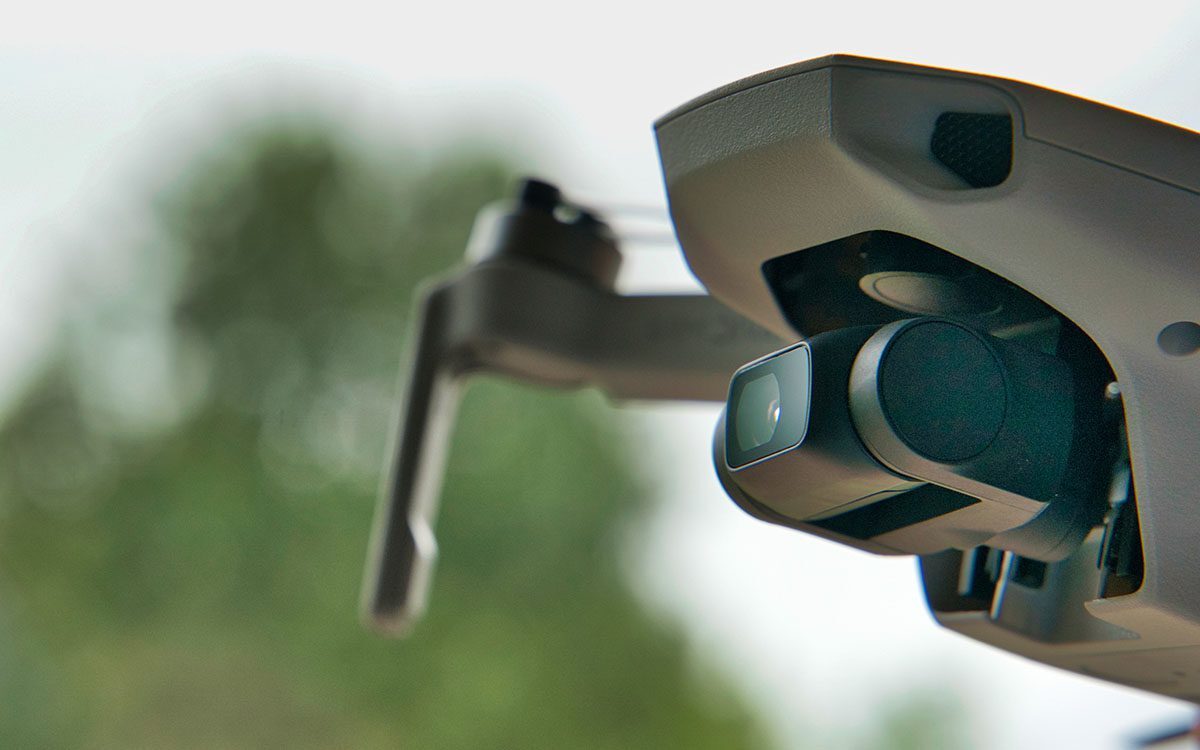
VAHA is a name that might not ring a bell for everyone, but it holds a treasure trove of interesting facts. Whether you're a history buff, a tech enthusiast, or someone who loves learning quirky tidbits, VAHA has something for you. From its origins to its modern-day applications, this article will dive into 23 fascinating facts about VAHA. Did you know that VAHA has roots in ancient traditions yet embraces cutting-edge technology? Or that it has influenced various fields, including art, science, and even pop culture? Get ready to uncover some surprising details that will make you see VAHA in a whole new light.
The Basics of Vahana
Vahana, a Sanskrit word meaning "that which carries," refers to the mythical vehicles or mounts of Hindu deities. These creatures are often depicted in ancient texts and art, symbolizing various attributes of the gods they serve.
- Vahana is derived from the Sanskrit root "vah," meaning "to carry" or "to transport."
- Each Hindu deity has a unique vahana, which represents their powers and characteristics.
- Vahanas are not just animals; they can also be mythical creatures or even objects.
Popular Vahanas and Their Deities
Many Hindu gods and goddesses are associated with specific vahanas. These pairings are rich in symbolism and often tell stories about the deity's nature and role in the cosmos.
- Nandi, the bull, is the vahana of Lord Shiva, symbolizing strength and virility.
- Garuda, a giant eagle, serves as the mount for Lord Vishnu, representing speed and martial prowess.
- Mushika, a mouse, is the vahana of Lord Ganesha, symbolizing humility and the ability to overcome obstacles.
- Hamsa, a swan, is the vahana of Goddess Saraswati, representing wisdom and grace.
- Lion is the vahana of Goddess Durga, symbolizing courage and power.
Symbolism and Cultural Significance
Vahanas are not just mounts; they carry deep symbolic meanings that reflect the attributes of their respective deities.
- The bull Nandi is often seen as a symbol of dharma (righteousness) and religious duty.
- Garuda's association with Lord Vishnu highlights themes of protection and loyalty.
- The mouse Mushika, despite its small size, represents the idea that even the smallest creature can achieve great things.
- The swan Hamsa is often linked to the concept of discernment, the ability to separate good from evil.
- The lion of Goddess Durga signifies ferocity and the ability to destroy evil.
Vahanas in Art and Literature
Vahanas have been depicted in various forms of art and literature throughout history, enriching Hindu culture and mythology.
- Ancient temple carvings often feature detailed depictions of vahanas alongside their deities.
- Miniature paintings from the Mughal and Rajput eras frequently illustrate vahanas in vibrant colors.
- Epics like the Mahabharata and Ramayana contain numerous references to vahanas, adding depth to the stories.
- Modern Indian cinema sometimes portrays vahanas in mythological films, bringing these ancient symbols to life.
Lesser-Known Vahanas
While some vahanas are well-known, others are less commonly discussed but equally fascinating.
- Airavata, a white elephant, is the vahana of Lord Indra, symbolizing rain and fertility.
- Peacock is the mount of Lord Kartikeya, representing beauty and war.
- Owl serves as the vahana of Goddess Lakshmi, symbolizing wisdom and prosperity.
- Dog is the vahana of Bhairava, a fierce form of Lord Shiva, representing loyalty and protection.
- Antelope is the mount of Vayu, the wind god, symbolizing swiftness and agility.
Modern Interpretations and Influence
Vahanas continue to influence modern culture and spirituality, often appearing in new contexts and interpretations.
- Some contemporary artists create modern sculptures and paintings of vahanas, blending traditional and modern styles.
Final Thoughts on VAHA
VAHA's interactive fitness mirrors are changing how people work out at home. These mirrors offer personalized workouts, real-time feedback, and a sleek design that fits any room. With a variety of classes, from yoga to strength training, there's something for everyone. The convenience of having a personal trainer at home can't be overstated. Plus, the community aspect, with live classes and leaderboards, keeps users motivated. VAHA's technology ensures that workouts are effective and engaging. For those looking to elevate their fitness routine, VAHA provides a comprehensive solution. It's not just about exercise; it's about creating a healthier lifestyle. The future of home fitness looks bright with innovations like VAHA leading the way. So, if you're ready to take your workouts to the next level, VAHA might be just what you need.
Was this page helpful?
Our commitment to delivering trustworthy and engaging content is at the heart of what we do. Each fact on our site is contributed by real users like you, bringing a wealth of diverse insights and information. To ensure the highest standards of accuracy and reliability, our dedicated editors meticulously review each submission. This process guarantees that the facts we share are not only fascinating but also credible. Trust in our commitment to quality and authenticity as you explore and learn with us.


